
In this lesson we're going to introduce you to the wonderful world of CHESS PROBLEMS AND STUDIES.
These are artificial, composed positions for you to solve, rather than positions from actual games.



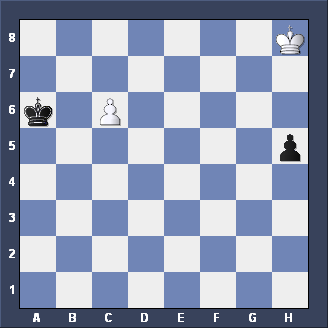
|
White's King has to work really hard to do two jobs at once. Which way should he go?




|
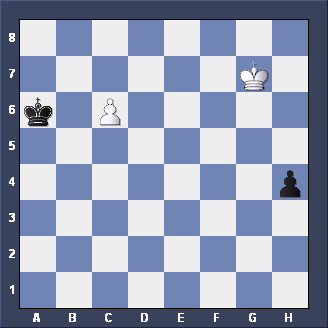
|
The White King moves down the diagonal to g7, and Black pushes his pawn to h4? Now what?




|
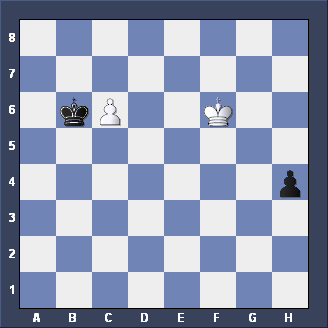
|
This time Black THREATENS the White Pawn. Where next?




|
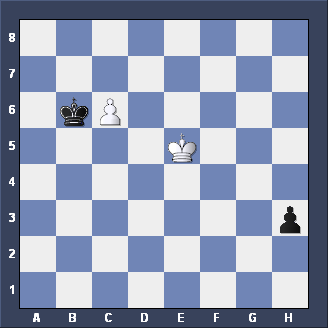
|




|
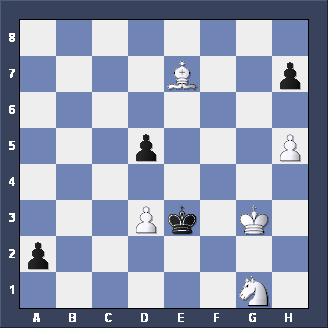
|




|
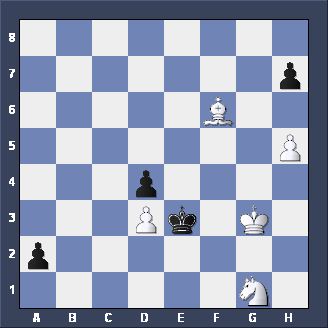
|
Yes, the Bishop moves to f6 and Black plays d5-d4 to block it off. How about getting your Knight into action?




|
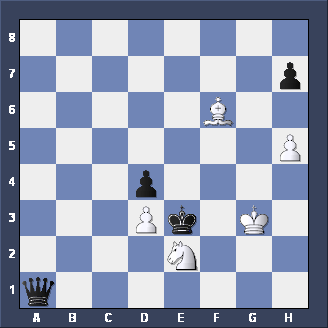
|
So what should White do instead? It's not so easy.




|
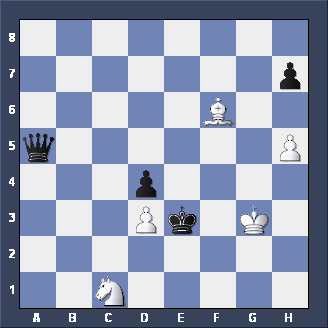
|
Can you see what White should play in this position?




|
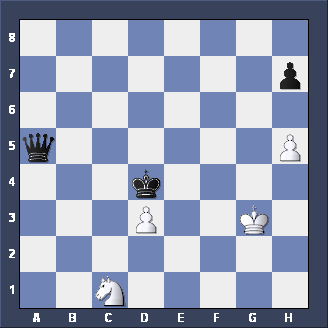
|




|
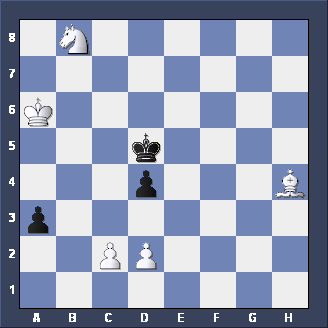
|
Well, you've got to make it as hard as possible for Black to queen his pawn. How should you start, do you think?




|
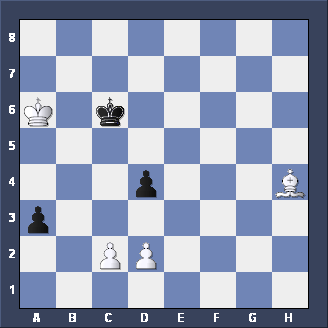
|
Yes, we play Nb8-c6, so that if Black pushes his pawn White has a KNIGHT FORK. So Black might as well take the Knight. What happens next?




|
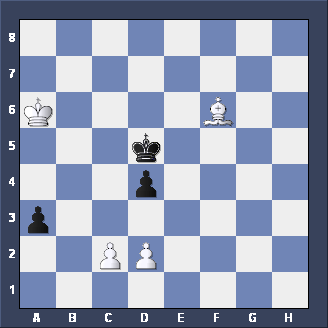
|
Bh4-f6 is the move, still trying to stop the a-pawn. Now if a3-a2 White has a SKEWER so Black moves his King back to d5. Now it's impossible to stop the pawn so how else could White try to win?




|
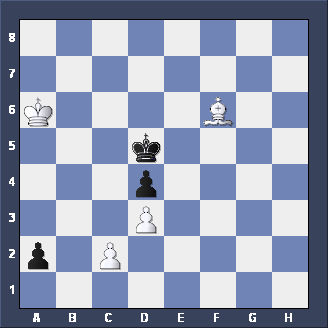
|
A big surprise - White plays d2-d3, which seems to have no point at all. Black has no other useful moves so plays a3-a2. Have you seen what's coming yet?




|
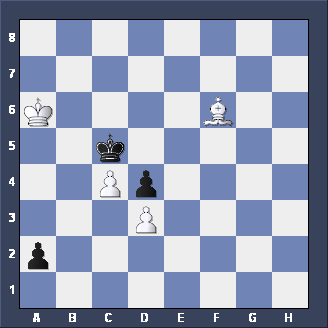
|
White's next move is c2-c4+. Now if Black captures en passant the Bishop takes on c3, which is winning for White. Black has to keep defending the d-pawn so moves his King to c5. Your move again!




|
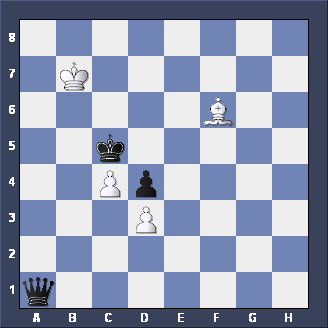
|




|
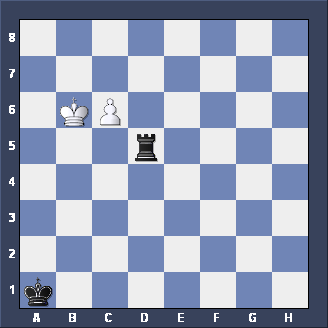
|




|
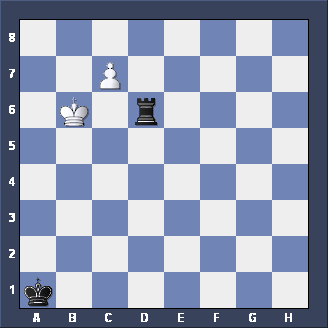
|




|
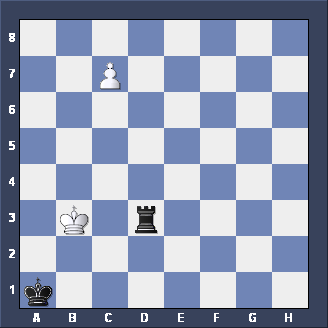
|




|
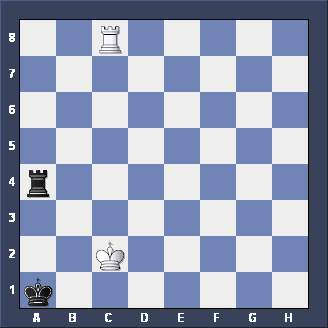
|




|

|
We hope you enjoyed working through these ENDGAME STUDIES. Click on the FINISH button to find out how you got on! 

|